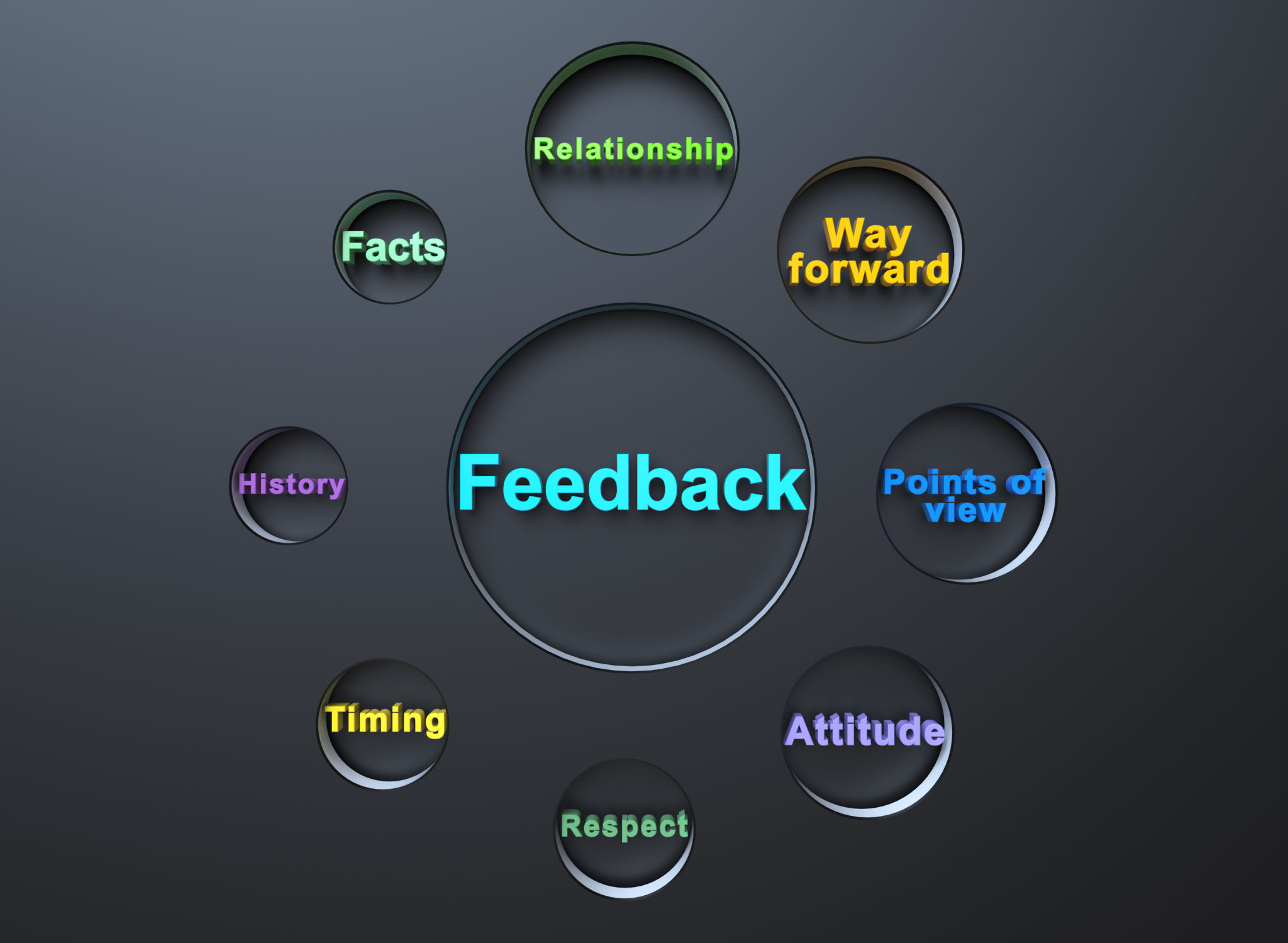10. Post-Turnaround Evaluation and Continuous Improvement
The Case for Post-TAR Evaluation
A TAR is a complex, multi-disciplinary project involving thousands of tasks, contractors, and decisions. Given the high cost—up to $50M or more—and lost production impacts that can exceed $12.5M per day in an oil and gas facility, failure to evaluate turnaround performance in a structured and actionable way is not just an oversight, it’s a strategic misstep (Lenahan, 2006).
Post-turnaround evaluation is a deliberate process of performance analysis, stakeholder feedback, and structured knowledge capture. It moves the organization from event-based execution to process-based learning. The objective? Drive improvements in safety, efficiency, cost control, contractor performance, and planning accuracy for future TARs.

Core Components of an Effective Post-TAR Review
1. Data-Driven Performance Assessment
Success criteria should be measured against pre-defined objectives set during the strategic planning phase. These include:
- Safety metrics (e.g., LTIs, incidents, PTW compliance)
- Budget adherence and cost control variances
- Schedule fidelity (S-curves, critical path adherence)
- Quality performance (QA/QC results, rework rates)
- Contractor delivery vs. KPIs
Accurate data must be gathered in real-time during execution, and should feed directly into the TAR Close-Out Report, forming the foundation for lessons learned and change management.
2. Lessons Learned – From Theory to Practice
Capturing lessons learned isn't about compiling a list of what went wrong. It’s about identifying systemic gaps and opportunities for transformation. This includes:
- Missed work due to poor scope definition
- Recurrent safety risks stemming from inadequate training
- Delays related to contractor underperformance
- Overuse or underutilization of resources and equipment
All findings must be converted into SMART actions—Specific, Measurable, Achievable, Responsible, Time-bound—and tracked through a formal change management process. This feedback loop ensures continuous organizational learning rather than repeated failure.
3. Stakeholder Debriefing
All stakeholders—plant managers, TAR coordinators, HSE teams, and contractors—should be debriefed shortly after completion. This provides critical feedback on organizational alignment, communication effectiveness, and leadership visibility during the TAR lifecycle. When structured correctly, this feedback identifies not just operational gaps but cultural issues that may impede future success.

Embedding Continuous Improvement into the TAR Lifecycle
Continuous improvement in turnaround management should not be reactionary; it must be embedded into the DNA of the TAR process. This requires a strategic pivot from episodic project thinking to a cyclical model of performance excellence.
1. Institutionalizing Knowledge
Knowledge must be institutionalized through standardized documentation and systems:
- Update TAR planning templates and work packs based on feedback
- Refine contractor selection and pre-qualification processes
- Calibrate future cost estimation models based on actual spend data
Organizations should maintain a TAR Knowledge Management System, which becomes a repository of past experiences, enabling predictive insights and better risk mitigation for future events.
2. Training and Competency Development
One of the most undervalued aspects of post-TAR improvement is the impact on internal capabilities. Use performance evaluations to:
- Identify training needs across supervision, engineering, and planning teams
- Build internal capacity through scenario-based training, particularly in SDSU logic and emergent work handling
- Rotate high performers into mentorship or leadership roles in upcoming TARs
3. Governance and Oversight
Post-TAR evaluations must inform governance structures. Steering Committees should review close-out reports with the same rigor as pre-TAR budget approvals. This ensures accountability, reinforces a culture of continuous improvement, and prevents inertia or complacency.

The Strategic Payoff
Organizations that treat post-TAR evaluation and continuous improvement as non-negotiable components of their operational strategy will:
- Reduce cost and schedule overruns in future TARs
- Minimize safety incidents and compliance risks
- Strengthen contractor performance and commercial control
- Build organizational resilience and competence
As one industry leader remarked, “TARs are where reputations are made—or lost. But it’s what you do after the TAR that defines your trajectory.”
Conclusion
The TAR lifecycle does not end with demobilization. It ends with reflection, reform, and readiness. Post-turnaround evaluation is not merely a bureaucratic box-tick—it’s a business imperative. When embedded within a framework of continuous improvement, it becomes a strategic weapon that maximizes asset value, improves team effectiveness, and ensures each TAR performs better than the last.
For progressive industrial operators, the message is clear: Evaluate relentlessly. Improve continuously. Succeed repeatedly.
